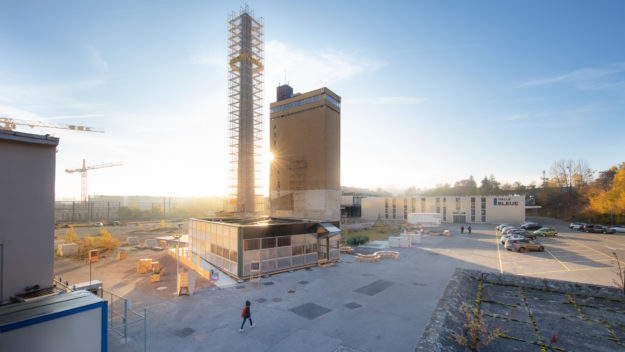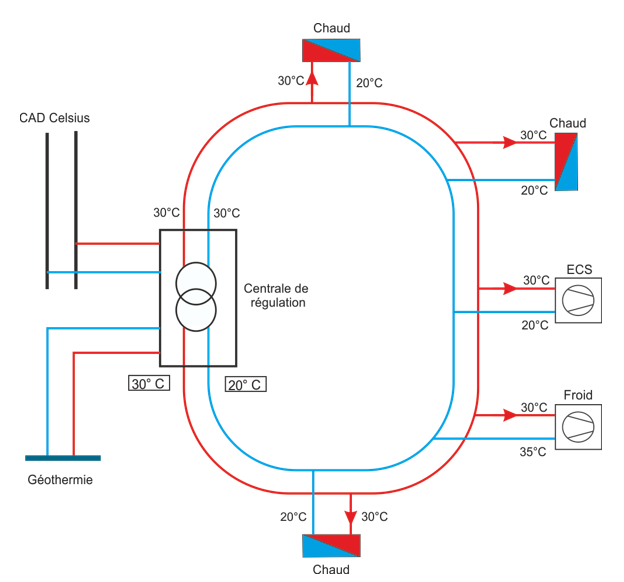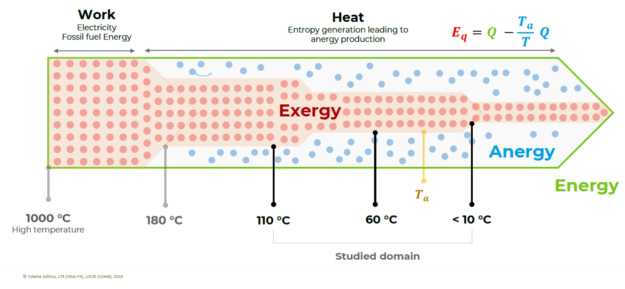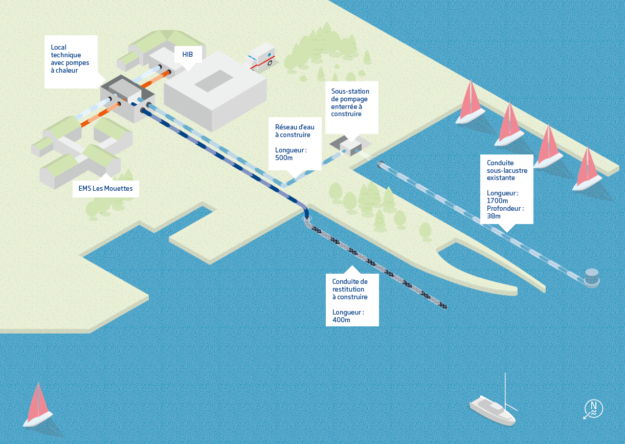Round Table
Prof. Malick Kane, head of the Thermal & Energy Laboratory of the ENERGY Institute (HEIA-FR), launches a discussion on "Smart energy network management at district and city level" with the Franco-Swiss industrial partners of its current projects.
An online event on this page not to be missed on Tuesday 3 November 2020 between 11:00 and 12:30 with the following speakers:
- Serge Boschung, Head of department, Service de l’énergie de l'Etat de Fribourg
- Jean-Daniel Cramatte, Head of Energy Efficiency Unit, Groupe E SA
- Estelle Ezzeddine, Société Chambérienne de Distribution de Chaleur (SCDC), ENGIE Solutions
- Daniel Favrat, Professor Emeritus EPFL, Cofounder ExerGo SA
The development of digital technologies in the energy sector is a major challenge to meet the objectives of reducing the energy consumption of buildings and reducing greenhouse gases. It is demonstrated by the new generations of energy networks (thermal, electrical) which can simultaneously accommodate producers, consumers and prosumers. Digital technologies are therefore essential for the monitoring and smart management of these networks.
Meet us on November 3rd at 11am on this page and follow the live !
Round Table | Smart energy network management at district and city level Online | 11:00-12:30
Kontakt
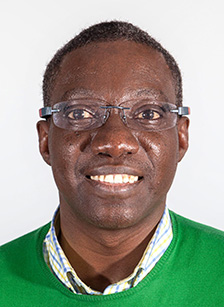
Malick Kane
-renewable energy
-heating, ventilation and air-conditioning HVAC
Information
The Thermal & Energy Laboratory (LTE) allows to carry out applied research projects related to the efficiency of thermal / electrical energy conversion in buildings, the design and optimization of decentralized energy systems. With the long-term ambition of improving energy performance in buildings and cities, it allows to work on the formalization of design concepts for intelligent and advanced thermal networks. This includes research on the optimal integration of building supply subsystems as well as modeling and simulation techniques for these systems in relation to available resources.
